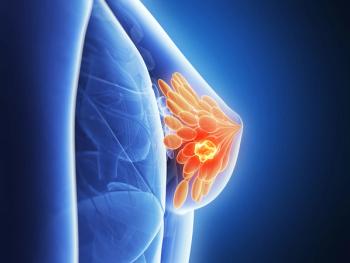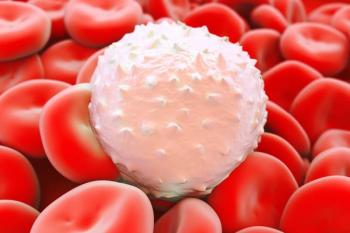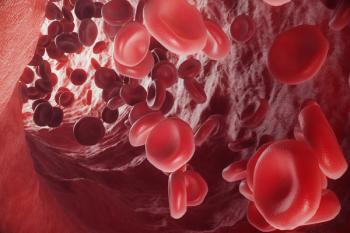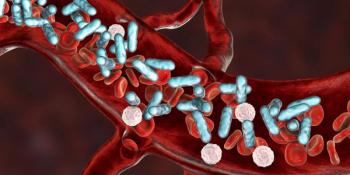
- Oncology Vol 28 No 1S
- Volume 28
- Issue 1S
(P009) Early-Stage Carcinosarcoma Treated With Adjuvant Radiotherapy and Chemotherapy
Adjuvant chemotherapy coupled with intravaginal radiotherapy (RT) seems to provide a good outcome in terms of low rate of isolated pelvic recurrence. However, given the rate of distant metastasis, further intensification of systemic therapy is still needed in this group of patients.
Neil B. Desai, MD, Marisa A. Kollmeier, MD, Vicky Makker, MD, Nadeem R. Abu-Rustum, MD, Richard R. Barakat, MD, Kaled M. Alektiar, MD; Memorial Sloan-Kettering Cancer Center
Purpose and Objectives: To report a single-institution experience using adjuvant chemoradiation for early-stage carcinosarcoma (CS) of the uterus.
Materials and Methods: We retrospectively reviewed 31 women with completely resected stage I–II CS following hysterectomy/bilateral salpingo-oophorectomy (BSO) who received adjuvant radiotherapy (RT) and chemotherapy from 2000–2010. Exclusions were lack of residual disease after diagnostic biopsy, positive washings, or prior abdominopelvic malignancy.
Results: Of the 31 patients, 24 (77%) were stage IA, 4 (13%) were IB, and 3 (10%) were stage II. Pelvic node sampling was performed in 97% of patients (median, 17 nodes), and para-aortic node sampling was performed in 81% (median, 6 nodes). None of the patients had positive pelvic cytology. The chemotherapy regimen was carboplatin/taxane in 26 patients (84%), ifosfamide-based doublet in 3 patients (10%), or carboplatin alone in 2 patients (6%). Adjuvant RT was primarily given as intravascular RT (IVRT) in 30/31 patients (97%) to a median dose of 21 Gy, and only 1 patient (3%) received pelvic RT. Median follow-up was 48 months. The 5-year actuarial rate of pelvic recurrence was 11% (95% confidence interval [CI], 0%–23%) and 11% for para-aortic recurrence (95% CI, 0%–22%). There were no vaginal recurrences, and the 5-year rate of isolated pelvic recurrence was 3.7% (95% CI, 0%–10%). The 5-year actuarial rate of peritoneal relapse was 11% (95% CI, 0%–22%) and 26% for other distant metastases (95% CI, 10%–42%). The 5-year disease-free survival (DFS) was 66% (95% CI, 50%–82%), and the 5-year overall survival (OS) was 79% (95% CI, 61%–96%).
Conclusions: Adjuvant chemotherapy coupled with intravaginal RT (given to 30/31 patients) seems to provide a good outcome in terms of low rate of isolated pelvic recurrence (3.7%). However, given the rate of distant metastasis, further intensification of systemic therapy is still needed in this group of patients.
Articles in this issue
Newsletter
Stay up to date on recent advances in the multidisciplinary approach to cancer.

















































































